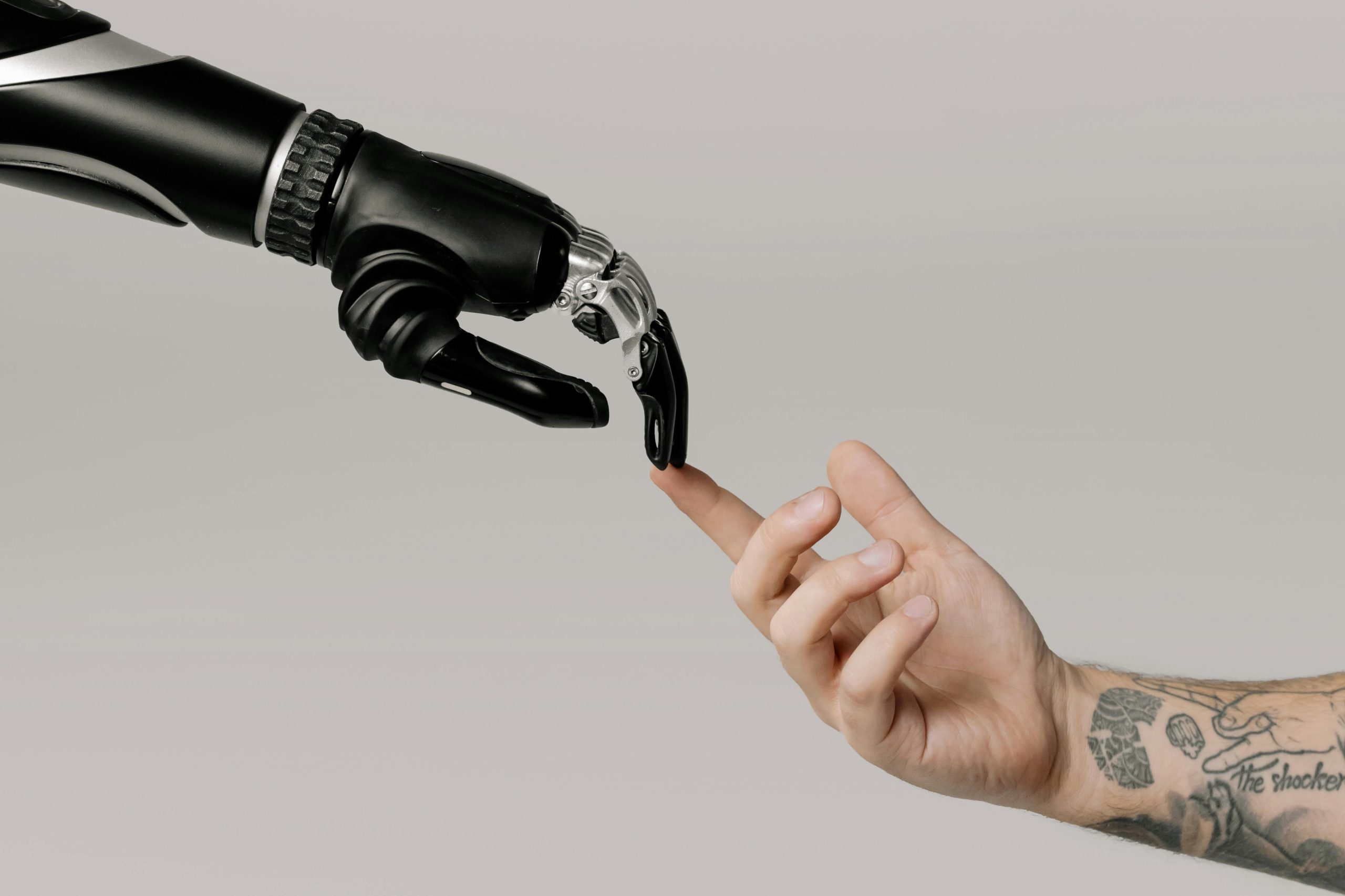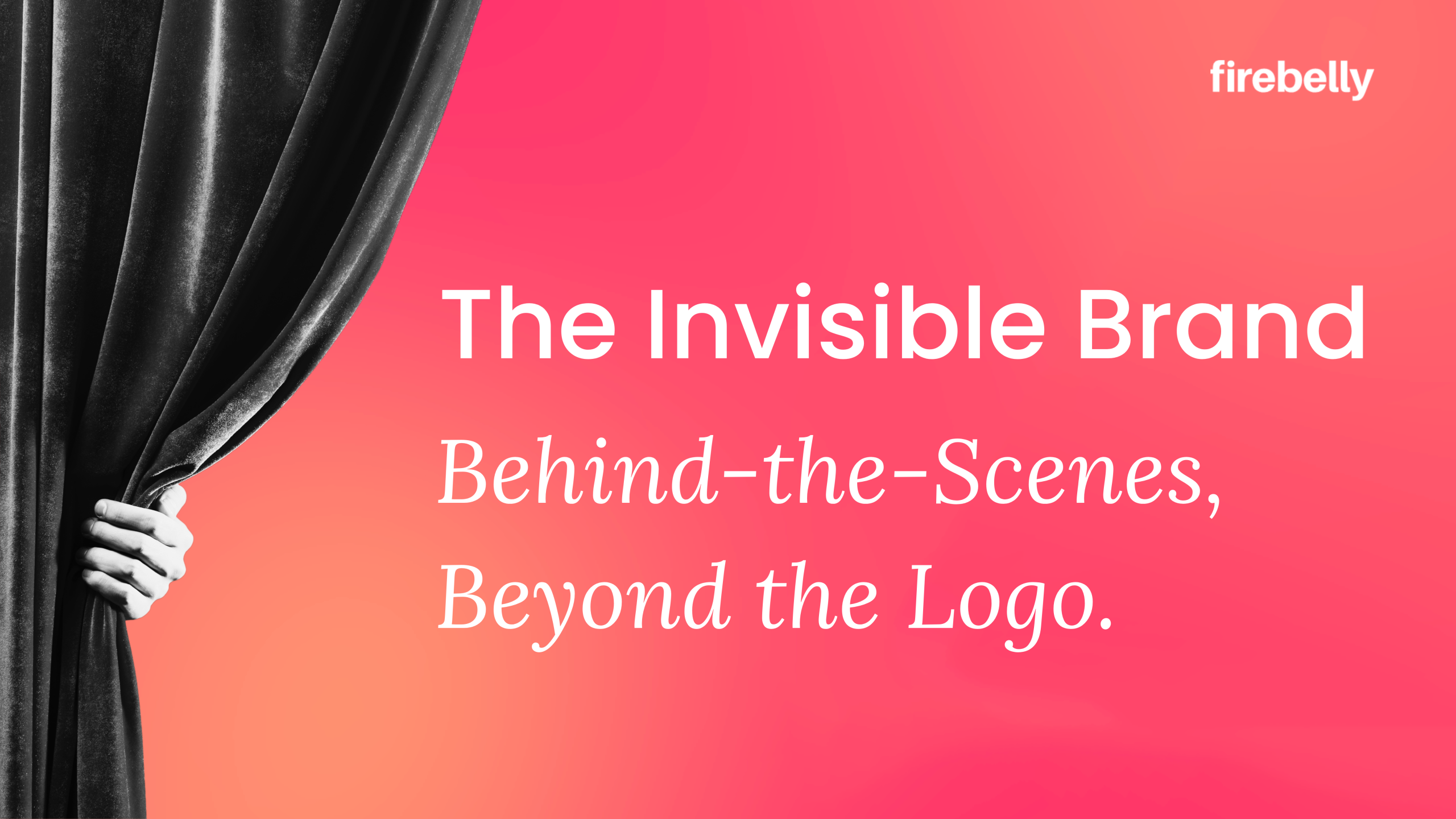We all know branding is about standing out. But here’s the uncomfortable truth: just because your brand looks good doesn’t mean it works.
People aren’t rational. They don’t read every word. They don’t compare every option. Most of the time, they take shortcuts—emotional, psychological ones.
That’s where behavioural science meets brand design.
Here are 5 ways smart brands are designing for the way people think—and why you should too.
1. Simplicity Wins Decisions
Too many choices = no choice. People default to what feels easiest.

Oatly isn’t just known for oat milk. It’s known for its clarity. In a busy aisle, their tall, clean cartons stand out—black-and-white with a punch of personality. Rather than over-explaining health benefits, Oatly uses simple, cheeky text that feels like it’s talking to you, not at you. Even their website is minimalist, with product info stripped down to only what matters.
That simplicity helps undecided shoppers make a quick choice—and feel good about it.
Brand takeaway: Don’t try to say everything. Say the right thing—simply.
2. Familiarity Builds Trust
The brain likes patterns. When your brand looks and sounds consistent, people feel safe.

McDonald’s is one of the most globally recognised brands—and that’s by design. The golden arches, the red and yellow colour scheme, the tone of voice (“I’m lovin’ it”)—these haven’t changed for decades. Even as they localise menus (think Chicken McArabia in the Middle East or Nasi Lemak Burger in Singapore), the visual and verbal identity stays consistent.
This visual repetition builds mental shortcuts. People associate McDonald’s with familiarity and comfort, even before they taste anything.
Brand takeaway: Repetition isn’t boring. It’s brand-building.
3. Experience Creates Desire
People don’t just buy products—they buy feelings and experiences. Creating an immersive brand environment builds emotional connection and desire.

Korean eyewear brand Gentle Monster didn’t grow by selling sunglasses—they sold an experience. Their stores feel more like art galleries than retail outlets, with each location designed as a limited-time exhibit. Seasonal product drops, often in collaboration with fashion or tech brands, create hype and exclusivity online. This turns sunglasses into coveted collectibles, even for people who don’t necessarily need new eyewear.
This blend of art, scarcity, and storytelling makes the brand feel rare and desirable.
Brand takeaway: When a brand feels like an exclusive experience, people want to be part of it — scarcity and creativity together build deeper emotional pull.
4. Emotion Beats Logic
People don’t buy because something’s 10% better. They buy because it makes them feel something.

Dove’s “Real Beauty” campaign has become a case study in emotional branding. Instead of focusing on product ingredients or dermatological superiority, it featured everyday women—real faces, real bodies—challenging unrealistic beauty standards. The campaign’s many iterations have sparked conversation, social movement, and emotional connection.
It transformed Dove from “just another soap” into a purpose-driven brand—with staying power.
Brand takeaway: Lead with heart, not features.
5. Design Is an Emotion Shortcut
People make emotional decisions fast. Design that lowers stress builds trust without saying a word.

Muji Hotel doesn’t scream “brand”—it whispers it. From the scent in the air to the neutral colours, every detail feels intentional. The rooms are filled with Muji products (furniture, kettles, towels), but nothing feels like it’s for sale. Even the check-in process is quiet and frictionless. Guests feel calm, in control—and subtly nudged to take that calm home via the store downstairs.
This sensory consistency is no accident. It’s Muji’s minimalism, turned into a lived experience.
Brand takeaway: Design can do what copy can’t: make people feel something instantly. Let your values shape the space.
Make It Make Behavioural Sense
Branding isn’t just about visuals or voice. It’s about how people feel when they encounter your brand.
Designing with psychology in mind helps brands not only look the part, but stick, nudge, and influence the way humans behave.



